wikiHow is a “wiki,” similar to Wikipedia, which means that many of our articles are co-written by multiple authors. To create this article, 33 people, some anonymous, worked to edit and improve it over time.
There are 8 references cited in this article, which can be found at the bottom of the page.
This article has been viewed 452,260 times.
Learn more...
Selecting a weapon for defensive purposes is a crucial and daunting decision. Generally speaking, there are two types of guns: handguns and long guns. Handguns are designed for one handed use and portability, but generally lack the stopping power of long guns, which range from shotguns to rifles to submachine guns. Keep reading for help in choosing which type you need.
Steps
Handguns
-
1While the size, weight, and design of the handgun makes them the most common choice for personal defense (they're carried with minimal discomfort or exposure), this forces them to use a weaker cartridge for repeated shots with relative ease.
-
2The concealability of handguns lends them to be the most used gunfight weapon. If you aren't expecting trouble, you bring something easy to manage.[1]Advertisement
-
3Reliability is the number one aspect to look at when selecting a personal or home defense weapon.
Selecting a Caliber
-
1Caliber selection in pistols is a hot source of debate amongst tactics-minded handgun users. While the general stopping power of a pistol is measurably low compared to almost any long gun, you want to make an informed choice to give you the best advantage.[2]
- Smaller calibers, such as .380, 9mm, etc, generally result in a higher bullet velocity, reduced recoil which allows for fast follow-up shots, higher capacity magazines (or smaller framed guns), and higher velocity bullets.
- Large calibers, such as the venerable .45 feature slower bullets that have increased overall diameter, allowing for a wider initial wound channel (which gives you a slightly increased chance of hitting something vital). The heavier bullets and generally high muzzle energies increase recoil, resulting in slower follow-up shots and the larger diameter of the cartridges means lower capacity magazines.
-
2The most crucial factor in determining what caliber you will choose is how accurate and comfortable you are with any particular caliber. Most U.S. self-defense experts consider .380 ACP (9 x 17 mm Browning Short) or 9mm as the minimum for adequate defense, while European Police believe that .32 ACP (7.65 x 17 mm Browning) as adequate. Making an informed decision about what caliber you will use requires experience. Shoot many different calibers and choose the biggest caliber that you can comfortably shoot and make fast, accurate followup shots with.
-
3Don't completely disregard a .22 if your objective is home defense. A semi-automatic .22 pistol or Ruger 10/22 carbine with a high-capacity magazine is easy to control when shooting fast and can be very effective at close range (most home-defense shots occur at less than 7 yards), and .22 ammunition is very cheap. Furthermore, a .22 won't penetrate as many walls, thus reducing property damage and risk to your neighbors if you miss.[3]
-
4When making your decision, also keep in mind the cost of ammunition! You'll want to be able to easily afford enough ammunition to keep up a regular practice routine.
Frame Size
-
1Handguns come in all shapes and sizes. From derringers that are only two or three inches long, to what are jokingly called "hand cannons" that can be 12 or more inches long.[4]
-
2For those who are expecting to carry a concealed handgun, a lighter, polymer framed firearm is often preferred over a heavier metal framed firearm because the weight of the firearm can become burdensome over time. Heavier belts are available, however, to mitigate the effect of weight. Smaller handguns also aid concealment as they are easier to hide under clothing.
-
3For home defense, or openly carried handguns, it makes sense to have a larger frame. The longer slide will aid accuracy by increasing the distance between the front and rear sights, and the heavier weight will reduce recoil and allow for faster followup shots.[5]
-
4Choosing a mid-sized frame can allow for more versatility, owing to a compromise between weight and size that will allow you to use the handgun in more roles.
Pistols
-
1Pistols represent newer handgun technology than revolvers (though John Browning invented the idea of a slide enclosed barrel around 1900). Many law enforcement and militaries around the world rely on pistols for their sidearms.
-
2A pistol usually keeps its ammunition in a spring loaded box of metal called a magazine (not a clip as is commonly misunderstood). The pistol primes itself for the next shot through the action of a slide - a piece of metal that covers the barrel. The forces of the gasses propelling the bullet from the barrel after it is fired push backwards on the slide, causing it to travel to the rear and pulling/ejecting the spent shell from the gun, at which time a spring compressed by the rearward action pushes the slide forward, which causes the slide to catch the rear of another cartridge from the magazine, pushing it into the barrel.
-
3Early pistols were plagued by reliability problems. In the past 50 years, however, the reliability of semi-automatic handguns has improved markedly as compared to revolvers.
-
4To some degree, a more expensive, name brand handgun may perform more reliably than a very inexpensive one. While you don't have to spend thousands of dollars, expect to pay at least $400US for a brand new semi-automatic handgun with a reasonable level of quality.
-
5Cost is not the only consideration though; the best gun is the one you actually have with you - it's better to have an inexpensive gun that no gun at all (assuming it's reliable).
-
6Pistols have a number of advantages over revolvers:[6]
- They are magazine fed, which means that after you have depleted anywhere between 5 and 33 rounds (depending on the model of the handgun, the capacity of the magazine, and applicable state/local laws), you can quickly change magazines and get back into the fight. (Note that this only holds true for as many magazines as you have pre-loaded with ammunition. Reloading a magazine under stress with loose rounds can take a painfully long amount of time, or be nearly impossible to complete due to the decreased motor skills caused by the effects of large amounts of adrenaline.)
- The force required to operate the slide on the firearm makes them much more desirable for multiple-shot encounters as the slide's action dampens the recoil to some degree. This allows for faster and more accurate follow-up shots. The rearward action of the slide as it ejects the spent casing reduces the overall recoil from firing the round due to its action reducing the energy created by accelerating the bullet down the barrel.
-
7There are also disadvantages to pistols:[7]
- Pistols are more difficult to operate safely. Clearing the handgun (removing the ammunition to make it "safe") takes more steps and discipline than a revolver.
- The mechanical operation of pistols is more complex than that of revolvers, creating more opportunities for the failure of one or more components to disable the pistol. As you might imagine, stoppages of this nature in a life-threatening situation can be very problematic. In the case where a cartridge fails to feed properly into the chamber, a pistol is rendered inoperable until the stoppage is cleared, whereas with a revolver, pulling the trigger again when a cartridge fails to fire will rotate the cylinder, bringing a new cartridge into line with the firing pin. This drawback to a pistol requires extra training and practice ensure the steps to clear the stoppage and return the firearm to working order can be performed instinctually.
- The multiple moving parts of a pistol means that in general, they are chambered for less powerful calibers than Revolvers.
Revolvers
-
1Revolvers have been a popular firearm choice since they were invented. Their ultra-simple mechanics make them very easy to manufacture, and their basic design has been around for centuries.
-
2Revolvers allow you to fire between four and eight rounds in succession without reloading. Ammunition is stored in a round piece of metal called a "cylinder", which rotates when the hammer is cocked or the trigger is pulled (depending on the "action" of the revolver). If a round fails to fire, simply cocking the hammer or pulling the trigger again (depending on the capabilities of the revolver) will rotate the cylinder for a new cartridge.
-
3The advantages to choosing a revolver:
- Reliability is the most attractive feature of a revolver. A standard shooter would have a hard time making a spurless (hammerless), double-action revolver not shoot when the trigger is pulled. The design is simple, and the use is even simpler: pick up a loaded gun, disengage the safety (if applicable), and pull the trigger, and it will fire.
- Simpler operation means that a new shooter is more easily able to unload a revolver. Removing all of the ammunition from the cylinder quickly unloads the gun.
- Revolvers also generally are chambered in more powerful calibers than their semi-automatic counterparts. .357 Magnum and .44 Magnum revolvers are extremely popular and pack a great deal of energy when fired.
-
4Disadvantages to revolvers include:
- Reloading a revolver is a very dexterous operation and it may take some time. Even speed loaders require practice and still are not as fast as changing out a preloaded magazine as you can do with a pistol.
- Cylinders often can not hold nearly as many cartridges as pistol magazines, meaning one must reload more often in the rare event of a prolonged firefight. One should note, however, that most self-defense encounters require less than four or five shots.
- Although they may be more "reliable" they are by no means more rugged. The mechanism for DA revolvers require clockwork precision. As pointed out by renowned firearms trainer Massad Ayoob, auto-pistols are superior in dealing with grit and grime (such as chunks of gore etc.)
Handgun Conclusion
-
1Handguns take skill and practice to use. If you are not willing to devote time and effort to learn the skills, don't endanger others by trying to use one under stress. Handgun marksmanship is considered a sport because it takes training and skill.
-
2For first time handgun owners, revolvers are probably the better choice as they are simpler. Typically they hold 5-6 rounds which is enough so that you will not have to reload during most home defense incidents.
-
3For more experienced users, or users willing to take a formal instruction, a semi-automatic handgun may make more sense due to their increased capacity and easier follow-up shots. Operation takes a bit more learning and practice, but the positives are why the majority of law enforcement and military personnel carry semi-automatic handguns.
-
4Every person is different. A firearm that "fits" my hand perfectly will not feel right to you. Most firearm owners are happy to allow a novice to try a couple of shots. Do your research, test fire a few weapons before you invest.
-
5When hunting, a larger caliber may be required as many dangerous game have tough skin and muscles the need the extra energy to penetrate through skin and muscle to reach vital organs. Many lower-power cartridges may not penetrate deeply enough to cause incapacitating damage.[8]
Long Guns
-
1It has been said, "Pack a handgun for the unexpected, but if you know you'll be in a gunfight, always grab a bigger gun!" Handguns lack power. A high-end .44 Magnum pistol will produce about 1,000 ft/lb of muzzle energy; a traditional "varmint" caliber, the .223, will produce about 50% more energy, and high-end rifles produce over 10,000 ft/lb![9]
-
2The main advantages of long guns are power and accuracy. With a bit of practice, a decent shooter can hit a man sized target at greater than 300 yards (274.3 m) with the proper rifle, due to the more powerful round, longer barrel and the longer sight-base (the distance between the front and rear sights).
Shotguns
-
1Shotguns can have either smooth or rifled bores. They are used to fire large caliber "shells" that contain either shot (a multiple quantity of metal pellets) or a single large slug.
-
2The advantages of a shotgun:[10]
- The biggest benefit of shotguns is their ability to shoot shot (and just about anything else). The spreading out of the shot when fired allows a larger area to be hit with each trigger pull, reducing the requirement for precision shooting, and, depending on the type of ammunition and range, can cause greater damage than a single bullet from a handgun.
- Some shotguns have the flexibility of shooting shot or bullet-type projectiles (known as "slugs"). This allows them to have the characteristics of rifles but also the option to use shot depending on the situation.
- Shotguns, like many long guns, are also customizable and versatile. Most modern shotguns can be outfitted with different length barrels, stocks, fore ends, sights and many other accessories to fit your needs.
- The use of chokes, a narrowing "funnel"-like section at the end of the barrel, allows you to control how much the shot disperses out of the end of the barrel. Some shotguns have threading or another method at the end of the barrel to allow you to easily change a choke depending on your needs. For defensive use, cylinder bore (or basically no choke at all) and sometimes improved cylinder (IC) chokes are most common. These allow the shot to spread out quickly and increase the chance of hitting your target. However, at longer ranges (greater than 20yds or so) the shot spreads out too much and will not be able to guarantee a good hit.
- Another benefit of shooting shot from a shotgun is the inherent lack of penetration. For home protection, lighter shot will likely become less than lethal once it goes through a wall, protecting innocent family members or neighbors. Typically, the penetration is proportional to the size of the shot (for example, large buckshot is still capable of substantial penetration.) Although the "best" size is a hotly debated topic, smaller bird shot and skeet/clay target sized shot at close range can be very effective.
- Shotgun barrels range in length from 18.5 inch (47.0 cm) "home defense" barrels to 24 inch (61.0 cm) hunting barrels. Also, many shotguns are made so the barrel can be changed easily. This way, you can put a short barrel on for home defense, and a long barrel for hunting or busting clays. Don't forget to practice with your short barrel, though.
-
3There are some disadvantages as well:[11]
- Although a shotgun firing shot will produce a spread much larger than a solid projectile, it does not preclude the need to aim. At normal household room distances, the shot spread, even with no choke, is barely the size of a softball.
- Unless you are using slugs, shotguns are useless at longer ranges. Between the spreading of the shot, and the light weight of the pellets, the power of the weapon drops off precipitously as range increases. That said, most self defense encounters happen well within range of a shotgun.
- Shotguns with heavy loads, such as 00 buck, can kick pretty hard, making them potentially difficult to control without practice.
Rifles
-
1Rifles are what most people envision when they think of a long gun. Rifles are designed to fire a single projectile, often smaller than most pistol bullets, at a much higher rate of speed.
-
2Rifles have a smaller cousin called a "carbine". Carbines are usually lighter in weight, and are shorter barreled (and stocked) than full blown rifles. They often fire the same cartridges, however due to their length they are often chambered in smaller, less powerful calibers.
-
3Rifle advantages:[12]
- Unlike pistol bullets, which typically create narrow permanent wound channels, the greatly increased speed of rifle bullets create a shock wave that can permanently destroy large amounts of tissue, greatly increasing your chances of stopping the threat with a single reasonably placed shot.
- Rifle cartridges are far more powerful than handgun cartridges. This greater power means you can shoot effectively at a much longer distance.
- Rifles still require a good deal of precision, but the dexterity needed for a pistol is not necessary, and stopping power is much improved.
-
4The disadvantages of a rifle:[13]
- As with any long gun, maneuverability is greatly reduced due to its overall length. Home defense situations may require you to place the stock below your shoulder, reducing your accuracy. Movement around corners and through doors may be hampered by your barrel preceding you through the door, warning an enemy that you're there.
- Rifles are also more capable of "over penetration". This is where the bullet passes through an object, such as a wall, or your intended target and continue on with enough force to injure or kill. Over penetration can be mitigated through proper ammunition choice, but is always a serious consideration with rifles.
- Rifle ammunition is much more expensive than handgun ammunition. This can mean that it is more expensive to practice with your rifle, and reduce the amount of training and practice you can afford.
- The overall length of rifles also means that they are slower to aim than a handgun due to their weight. Compared to a pistol, swinging a rifle around to engage a threat can take longer, and in a self defense situation, lost time can be deadly.
Long Gun Conclusion
-
1Carrying a long gun is more difficult, due to its size and weight, but the greater velocity and power of the bullets delivers much better results with a hit than a handgun.
-
2That said, for defense within the home, the shotgun is generally recognized by many to be a superior choice due to the close ranges and reduced likelihood of over penetration. The sound of a shotgun being racked delivers the universal message that says "wrong house, go away".
Warnings
- Firearms should only be fired in safe and legal locations. Know and adhere to state and local laws on transporting and using them. Laws change drastically between states, counties and cities.⧼thumbs_response⧽
- Thoroughly learn the safety rules before going to a range and be sure to follow them at all times. Rangemasters will often not be polite if they have to remind you of even a seemingly minor safety rule.⧼thumbs_response⧽
- Practice only at shooting ranges, obeying all safety rules, or in legal/private locations without rounds or with blanks or snap caps.⧼thumbs_response⧽
- Carefully consider your living surroundings when selecting a firearm and caliber. Large calibers, such as .357 Magnum, have considerable penetration, so they are not ideal if you live in close quarters with other people, such as in an apartment.⧼thumbs_response⧽
- Always secure any firearms that are not directly under your control. Ensure a burglar/robber (or children) do not have access to your firearms by locking them inside a safe when practical.⧼thumbs_response⧽
- Know the laws in your area regarding self defense. Each state has a different burden that is placed on the home owner with regards to using a deadly weapon against an intruder.⧼thumbs_response⧽
- Before firing, think about what is behind your target. Are there innocent people or family members back there that may be injured if you miss or the bullet over penetrates?⧼thumbs_response⧽
- Always identify your target before firing. If you don't know who or what it is, find out before you fire!⧼thumbs_response⧽
- Safety first! Firearms can be very dangerous. Assume all firearms are loaded. Only use firearms if you are comfortable with your knowledge of or are supervised by an experienced shooter.⧼thumbs_response⧽
References
- ↑ https://www.thetrace.org/rounds/mass-shooting-gun-type-data/
- ↑ https://www.artofmanliness.com/articles/the-best-guns-for-home-defense/
- ↑ https://www.ballisticmag.com/2015/08/28/8-experts-pick-their-home-defense-weapon-of-choice/
- ↑ https://www.personaldefenseworld.com/2016/12/full-size-handgun-shooting/
- ↑ https://www.personaldefenseworld.com/2016/12/full-size-handgun-shooting/
- ↑ https://www.learnaboutguns.com/2008/06/26/pistols-vs-revolvers-selecting-the-right-handgun/
- ↑ https://www.learnaboutguns.com/2008/06/26/pistols-vs-revolvers-selecting-the-right-handgun/
- ↑ https://www.fieldandstream.com/articles/hunting/2013/01/brief-history-handgun-hunting-whitetails-mind/
- ↑ https://webpath.med.utah.edu/TUTORIAL/GUNS/GUNBLST.html
- ↑ https://www.nrafamily.org/articles/2018/2/22/home-defense-pistols-vs-shotguns-vs-rifles/
- ↑ https://www.nrafamily.org/articles/2018/2/22/home-defense-pistols-vs-shotguns-vs-rifles/
- ↑ https://www.nrafamily.org/articles/2018/2/22/home-defense-pistols-vs-shotguns-vs-rifles/
- ↑ https://www.nrafamily.org/articles/2018/2/22/home-defense-pistols-vs-shotguns-vs-rifles/


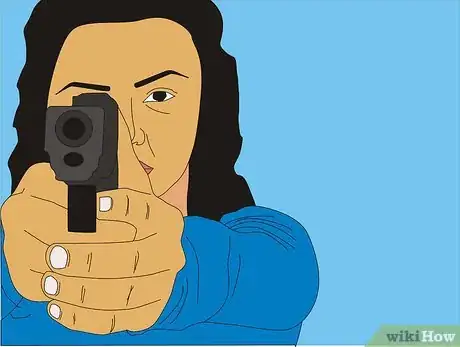
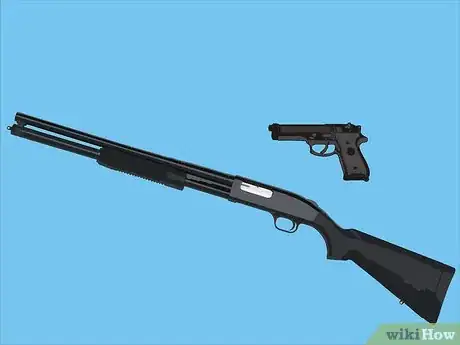

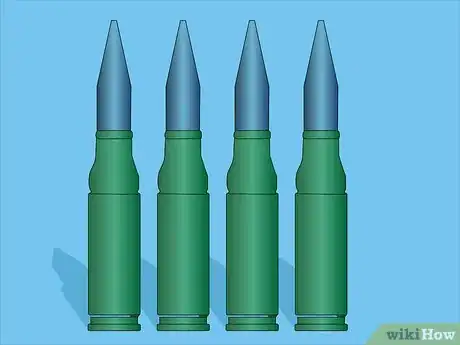
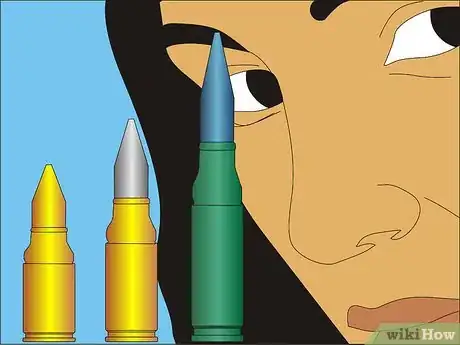


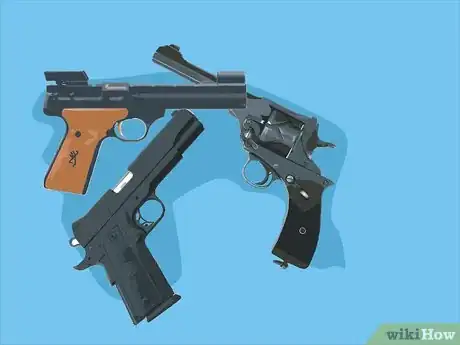
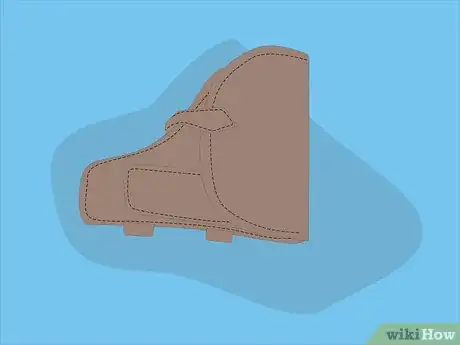

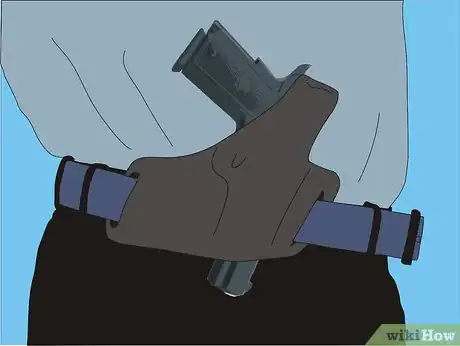



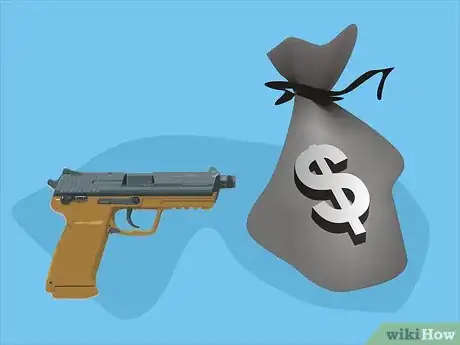

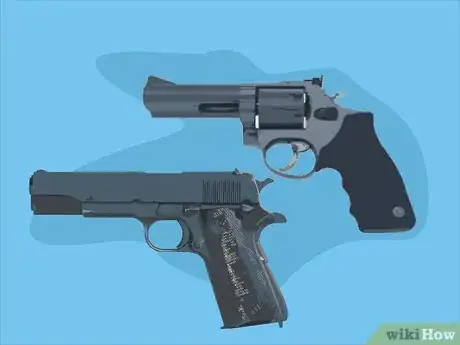





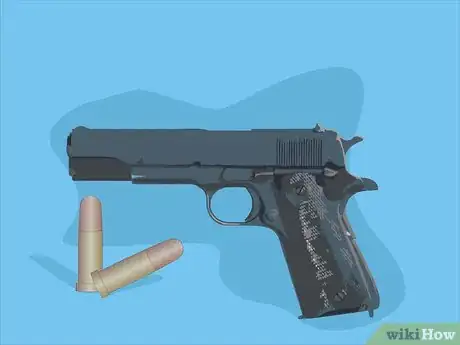

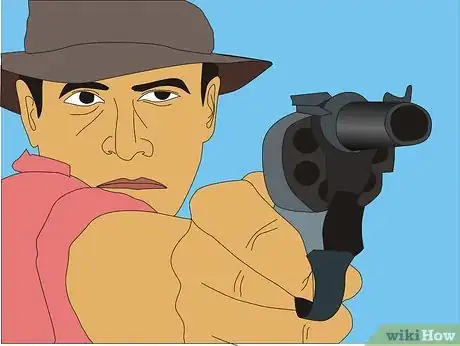
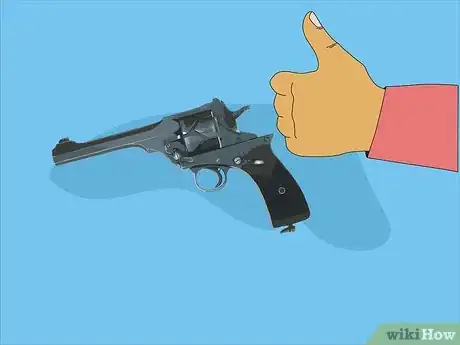

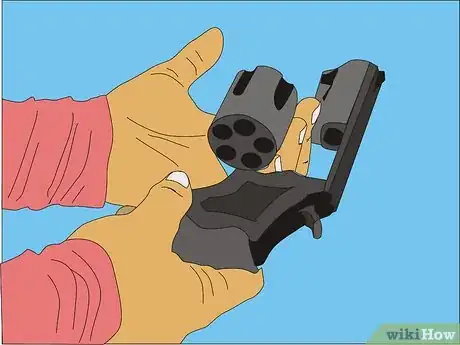

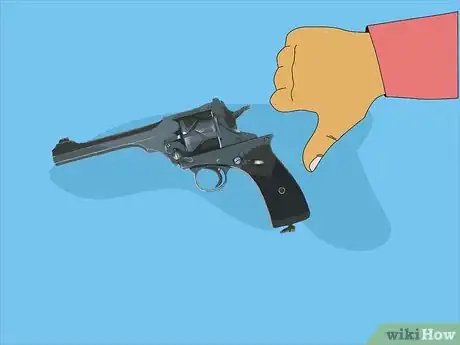
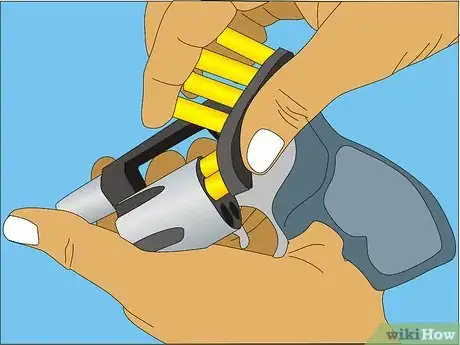


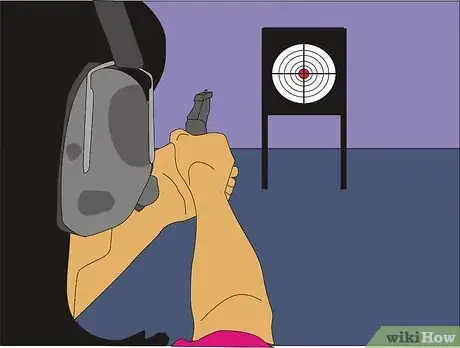

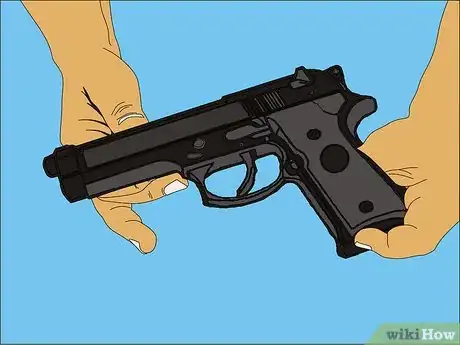





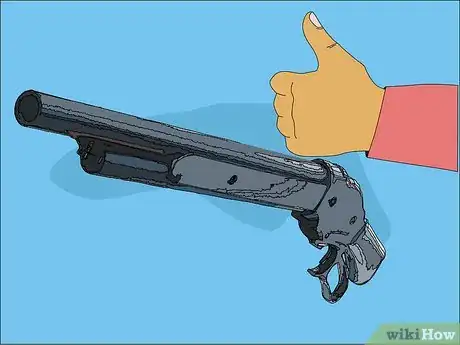
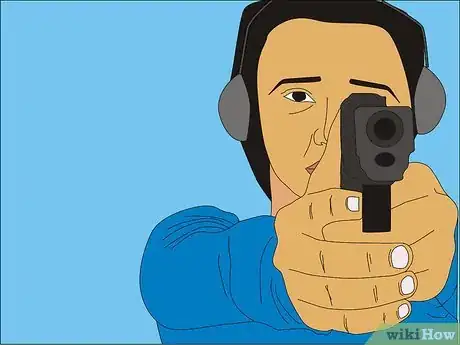
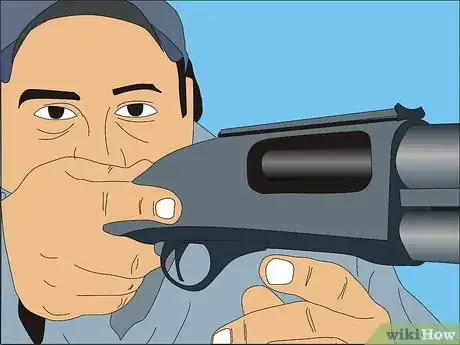
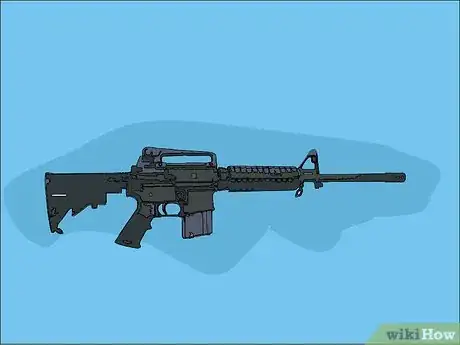

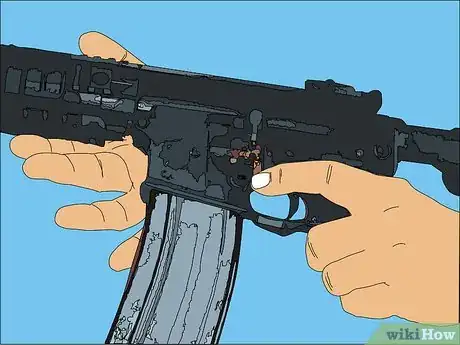

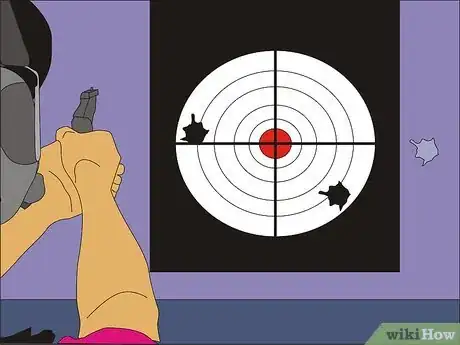
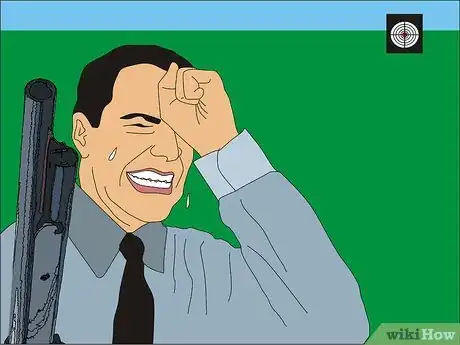

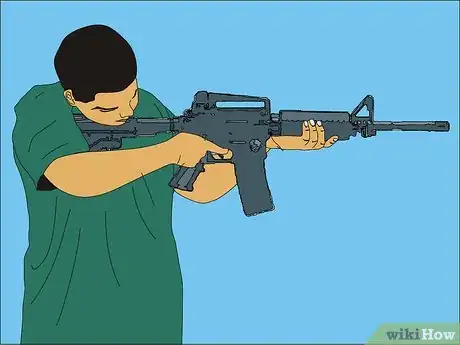







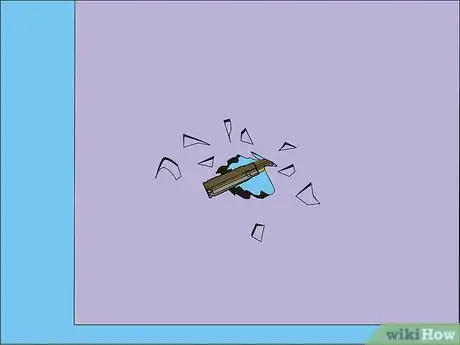

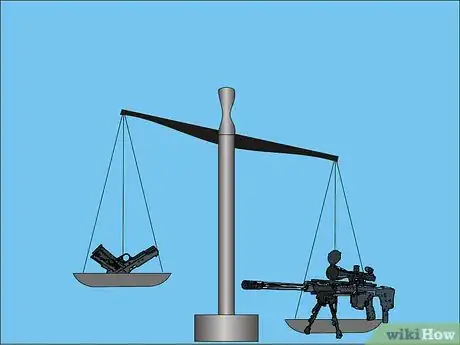


-With-a-Pistol-Step-18.webp)





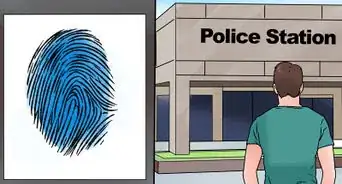













-With-a-Pistol-Step-18.webp)




































